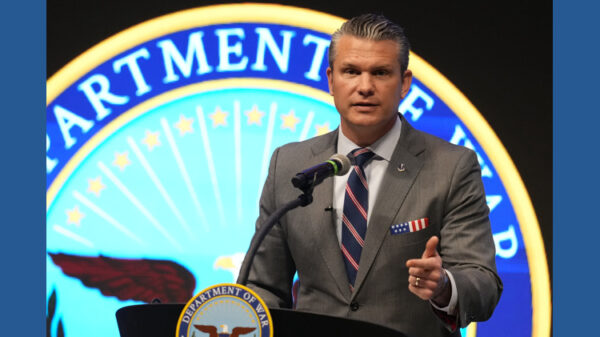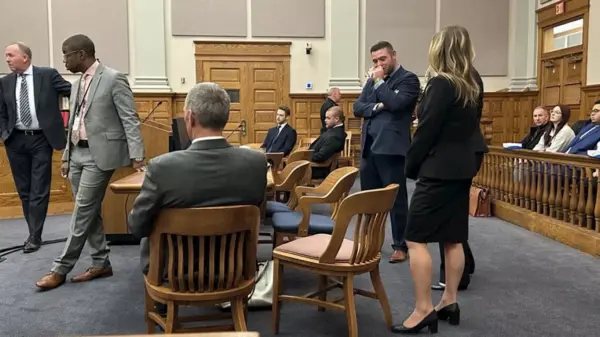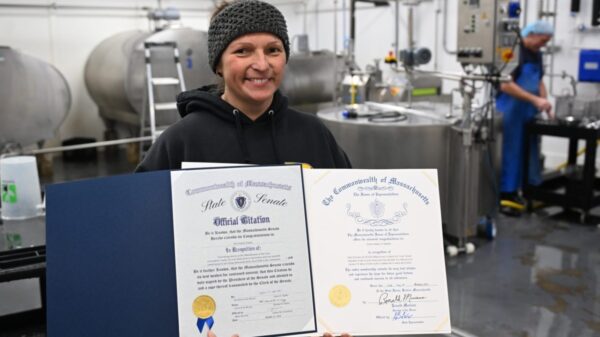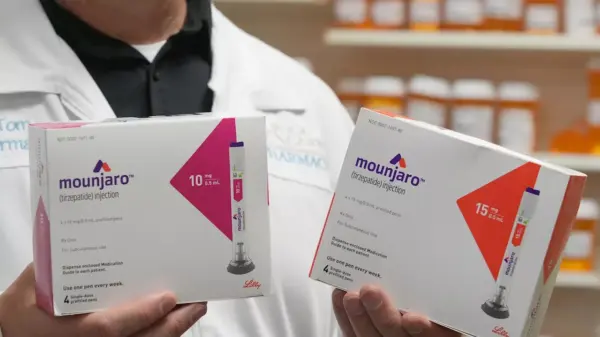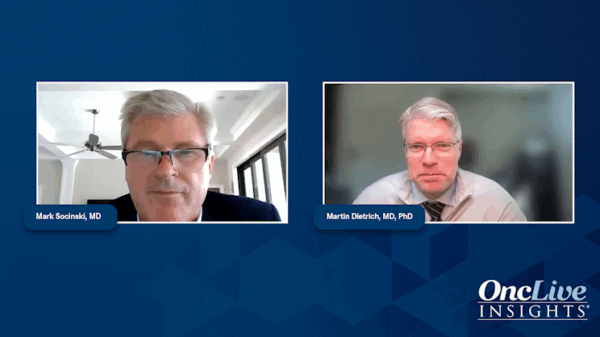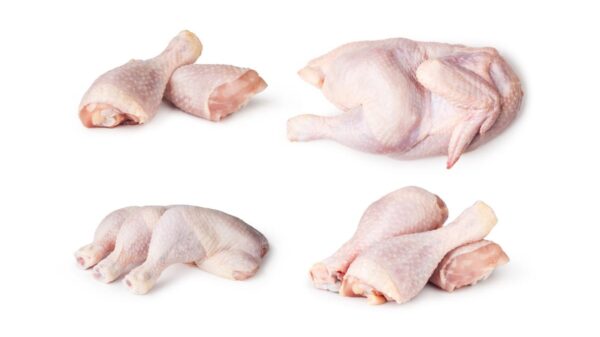A recent study conducted by graduate student Alec Whited from the University of Texas at Arlington (UTA) has uncovered a previously unknown cellular pathway that plays a crucial role in how cells remove waste. This discovery could lead to advancements in treatments for autoimmune diseases and enhance wound healing processes. Whited’s findings, coauthored with doctoral student Aladin Elkhalil, were published in the esteemed journal Genetics.
The study highlights the importance of a cellular cleanup process, likening it to taking out the trash. Whited explained, “Living things must also get rid of their unwanted waste, whether it’s digested food or dead cells that have fulfilled their purpose.” He emphasized that when this process is disrupted, it can lead to significant health issues for organisms.
Significance of Cell Clearance
The failure to eliminate dying cells properly can trigger harmful inflammatory responses, potentially leading to autoimmune diseases. Whited noted that when cells die, they release molecules that may mistakenly signal the immune system to respond, resulting in chronic inflammation. This research aims to understand the genetic mechanisms behind the clearance process, which could have far-reaching implications for treating such diseases.
One of the genes studied in this research is linked to cell-to-cell fusion, a vital process in wound healing. Whited explained, “By better understanding the genetic mechanisms behind this, we hope to identify additional genes that could play a role in improving wound healing.” Such insights could lead to accelerated healing processes or better treatments for chronic wounds, although further research is necessary to explore these possibilities fully.
Reflections on Research at UTA
Whited expressed his gratitude for the recognition of his work in Genetics, stating, “It’s a tremendous honor.” He acknowledged the support he received from mentors and colleagues at UTA, which fueled his passion for research. Whited described the environment at UTA’s Department of Biology as collaborative, noting that faculty and students share a genuine excitement for scientific inquiry.
He encouraged aspiring scientists to embrace the collaborative spirit fostered at UTA. “There were four labs in the space that I worked in, and everyone was eager to learn new concepts and apply them to their own research,” he said. This collective mindset not only promotes academic growth but also nurtures a sense of belonging within the broader scientific community.
Whited’s research contributes to a larger goal of enhancing our understanding of biological processes and making a lasting impact on the field. This breakthrough has the potential to change how we approach treatments for autoimmune diseases and improve wound healing, marking an important step forward in medical science.
For more detailed insights, see the article by Alec Whited et al. titled “CDH-3/cadherin, YAP-1/YAP, and EGL-44/TEAD promote SYX-2/syntaxin and EFF-1 fusogen-mediated phagosome closure,” published in Genetics in 2025. The full study can be accessed via DOI: 10.1093/genetics/iyaf182.







